Validation
Preliminary studies on the efficacy of Kühler in accelerating core body cooling, mitigating the effects of heat stress, and improving athletic performance via improved exercise capacity have been conducted, with additional research ongoing, and clinical studies planned for the future. In all testing conducted, the Kühler device has repeatedly and reliably proven to be effective as a palm cooling device for health and performance benefits. Two preliminary studies are provided below.
Ergogenic Impact of Kühler During Intermittent Resistance Exercise
Purpose
This preliminary study aimed to evaluate whether active palm cooling using the Kühler device enhances exercise capacity by reducing temperature-driven central fatigue mechanisms that result from accumulated metabolic heat storage during intense exercise. Push-up performance to failure during repeated sets with 120 second, fixed-interval rest periods was performed to induce a heat-saturated state (heat stress) and Kühler was utilized as a cooling intervention during rest periods.
Methods
Two trials were completed with ten sets of push-ups to failure, separated by 120 seconds of rest. In Trial A (single hand cooling with one Kühler device), sets 5, 7, and 9 served as control sets (No Cooling; Black). Sets 6, 8, and 10 employed Kühler for the two-minute rest period in the cooling sets (Cooling; Blue). Trial B (two Kühler devices) followed the same protocol. The first four warm-up sets were used to induce progressive fatigue and accumulate heat storage until a heat-saturated state (heat stress). Ergogenic effect was assessed by comparing exercise volume in the control and subsequent cooling sets, as well as total volume differences throughout three testing rounds.
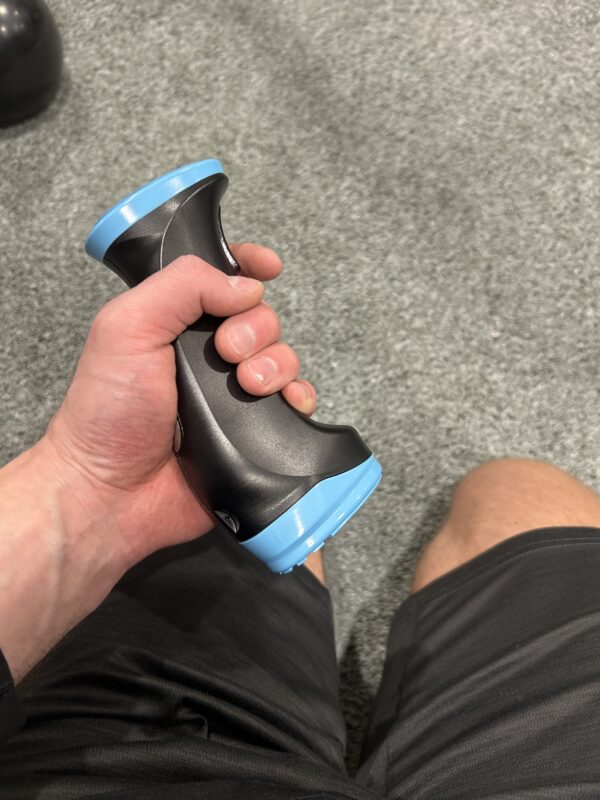
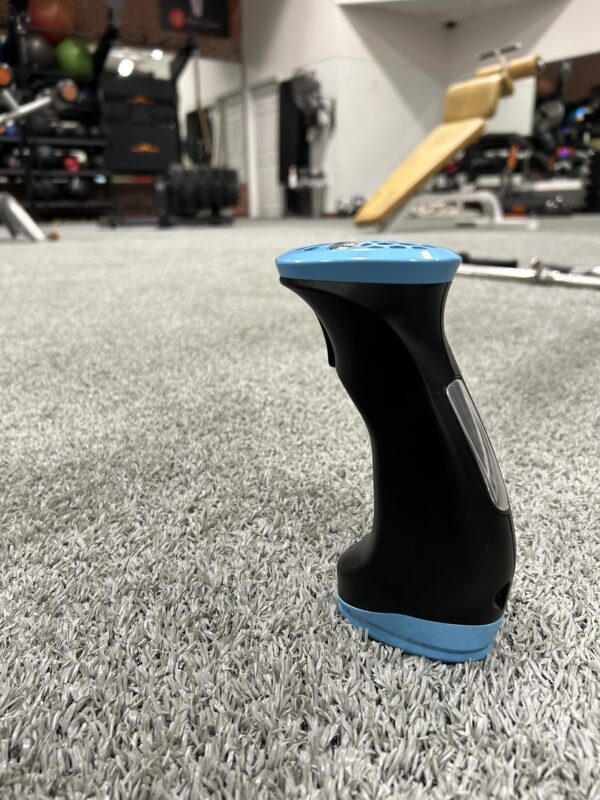
Results
In Trial A, the single-handed cooling intervention with a single Kühler device resulted in a 20%, 32%, and 38% increase in repetitions over the prior set for sets 6, 8, and 10 respectively (28% aggregate improvement over three rounds). In Trial B, the two-handed cooling intervention with a Kühler device in each hand produced even more pronounced improvements in exercise volume: 37%, 24%, and 47% enhancements for sets 6, 8, and 10 respectively (35% aggregate improvement). These performance increases suggest that active palm cooling with Kühler offsets thermal fatigue to a considerable degree.
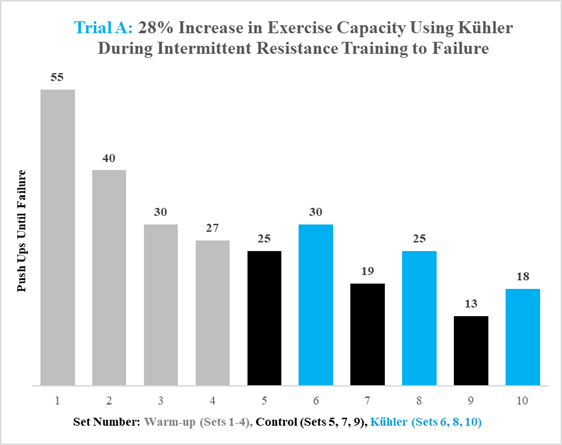
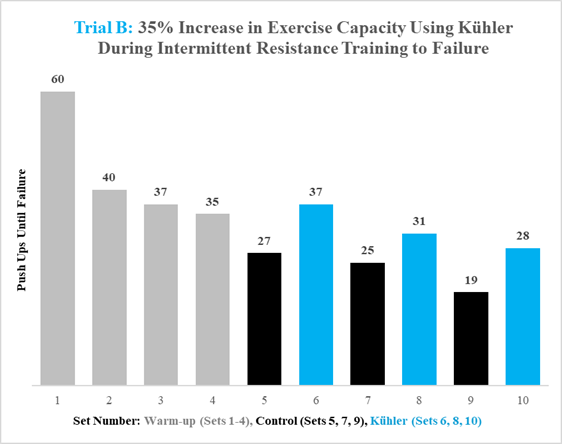
Conclusions
Preliminary findings indicate that palm cooling using Kühler produces a significant ergogenic effect in a heat-compromised, fatigued state. It is believed that the augmented heat extraction through the glabrous skin of the palms compensates for rapid metabolic heat production and excessive heat storage accumulation, reducing the effects of central fatigue and Central Nervous System-regulated inhibition of neuromuscular drive that manifests as volitional fatigue. Future investigations with larger sample sizes and broader exercise modalities are warranted to confirm these effects and further elucidate the mechanisms underlying temperature-driven fatigue regulation and ergogenic effect of palm cooling via Kühler.
Efficacy of Kühler Device on Attenuating Core Temperature Rise and Mitigating the Onset of Hyperthermic Conditions Following Heat Exposure
Purpose
Intense physical activity and environmental conditions can elevate core temperature to levels that elicit thermoregulatory challenges and present risk of hyperthermic conditions and heat-related illness. This investigation examined whether Kühler, a palm cooling device, attenuates the rate and magnitude of the rise of core temperature following a heat exposure in a dry sauna. The objective was to gather physiological data and assess the feasibility and efficacy of using Kühler as an active cooling intervention to proactively mitigate and reactively treat hyperthermic conditions and exertional heat illness (EHI).
Methods
Two trials were conducted on consecutive days involving heat exposure in a commercial dry sauna (~87.9°C / 190°F) for 30 minutes. Core temperature was monitored during heat exposure and a 30-minute post-sauna cooling period using a continuous core temperature monitoring device with high repeatability (CORE, greenTEG, Rümlang, Switzerland). The first trial (No Cooling; Grey) observed the effect of passive, natural cooling without an intervention. The second trial (Cooling; Blue) employed active cooling with two Kühler devices immediately post-sauna. The magnitude and rate of core temperature rise and return to baseline after heat exposure were assessed.
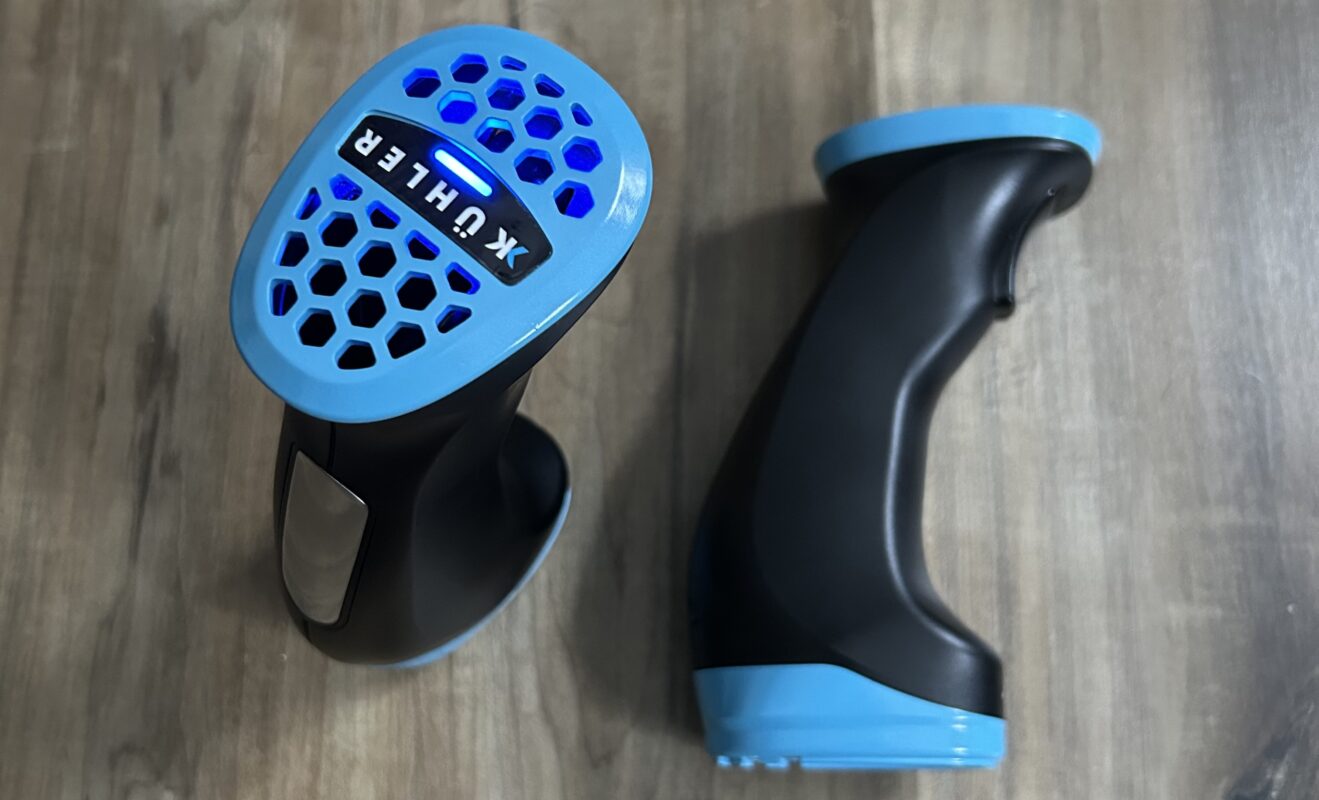
Results
Core temperature during the No Cooling trial was higher before, during, and after heat exposure and the cooling period. The use of Kühler reduced the peak rise in core temperature by 25% compared to No Cooling (+0.66°C Kühler vs +0.88°C No Cooling), reduced the rise in core temperature during the entire cooling period by 76% (+0.16°C Kühler vs +0.67°C No Cooling), and reduced the rate of core temperature peak rise by 37% (+0.035°C/min Kühler vs +0.056°C/min No Cooling).
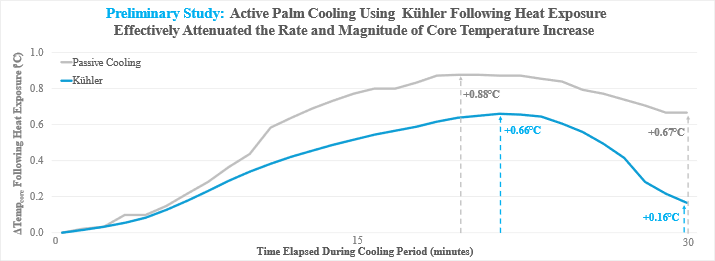
Conclusions
Preliminary findings indicate that Kühler is effective at attenuating to magnitude and acceleration of core temperature elevation following heat exposure. By dampening the rise in core temperature, there is merit in the proactive and reactive application of Kühler as a cooling intervention to mitigate and treat hyperthermic conditions and heat-related illness. Future studies with larger sample sizes should be conducted to expand on the findings presented in this study.
Sample Testing Protocol
A sample testing protocol is provided below:
- Choose an exercise to complete to failure (e.g. push ups)
- Complete 3-5 warm-up sets until failure
- Take 120 seconds rest in between each set
- Complete 3-5 rounds of alternating sets:
- Control: 120 seconds rest, no Kühler device in hand
- Kühler: 120 seconds rest, holding Kühler device in one hand (turned on)
And that’s it! Not only will you get a quick pump, but you’ll be also able to quickly see (and feel) the difference of palmar cooling with Kühler in between sets.
Note: Because palmar cooling functions by increasing recovery and training capacity due to decreases in core temperature, results are best observed while already at an elevated core temperature (in a fatigued state).
